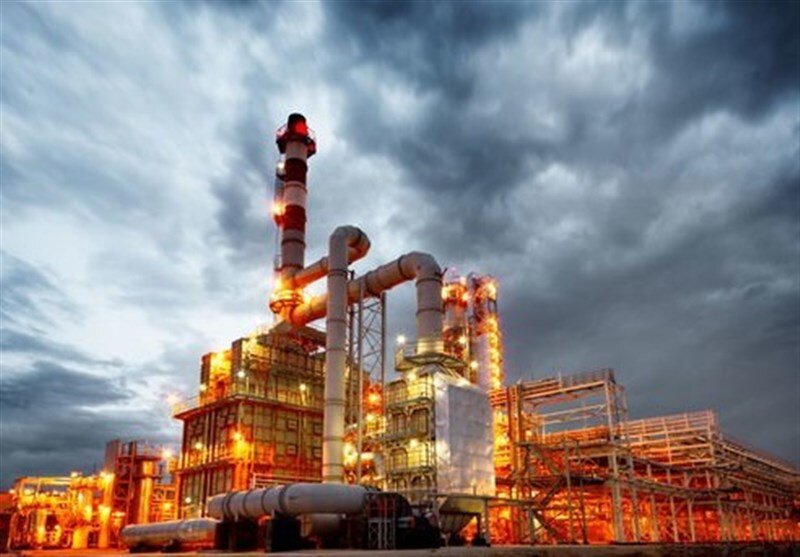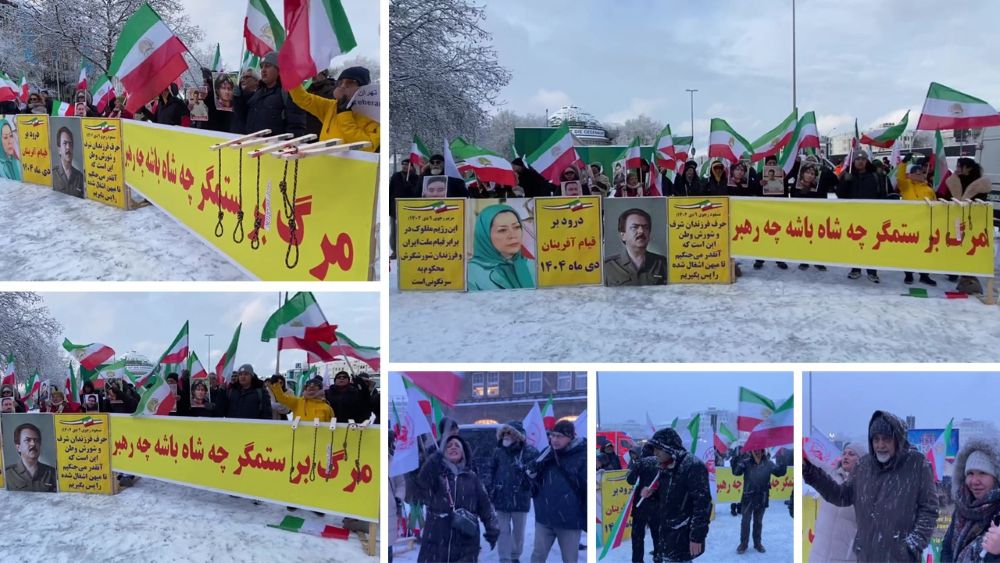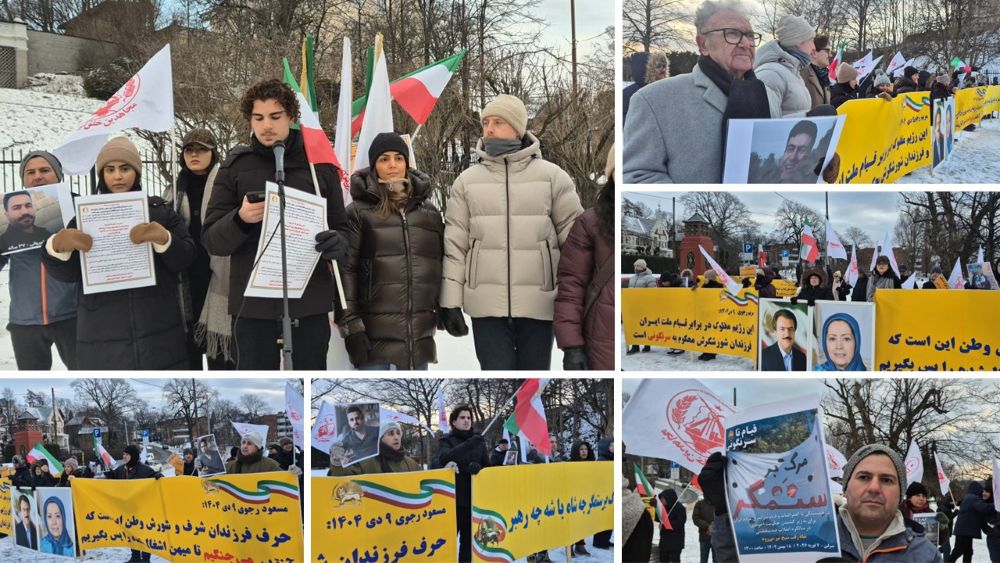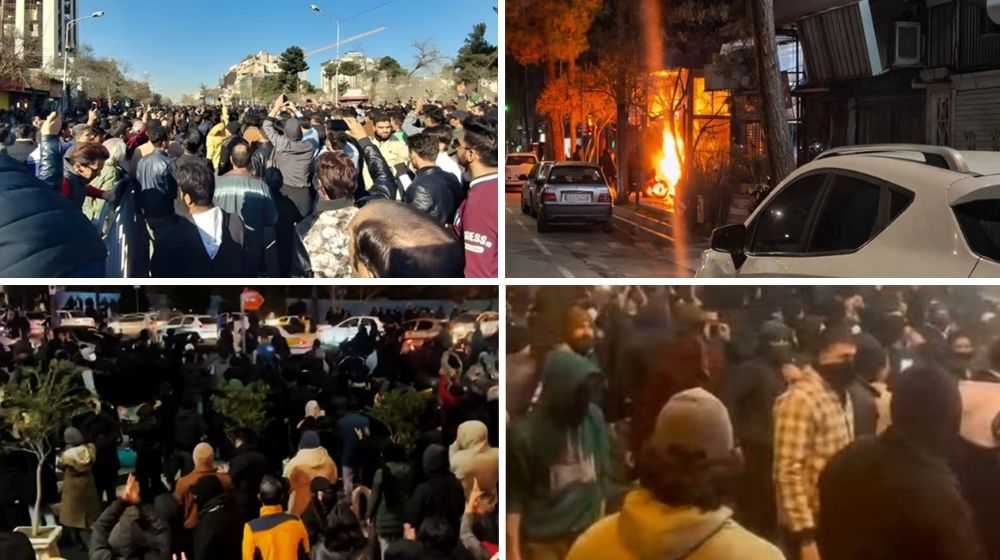
Through the privatization of state-owned economic institutions in Iran, a large number of government-linked institutions, such as the Revolutionary Guards (IRGC), the Headquarters for Executing the Order of the Imam (SETAD), Bonyad Mostazafan (Foundation of the Oppressed), Shahid Foundation (Martyr Foundation, have been able to take over state-owned industries for the Iranian regime’s own monetary gain.
The influence of the SETAD and its domination over the Iranian economy is even greater than that of the IRGC. When it comes to the Iranian regime’s corruption and confiscation of assets, the SETAD is the most forceful of the companies affiliated with the regime.
The People’s Mojahedin Organization of Iran (PMOI/MEK) said, “Economists acknowledge the fact that this kind of privatization is in fact “Khosoolati” (government-owned companies sold to private owners linked to regime officials) and contrary to the usual methods of privatization in other parts of the world.”
The regime’s privatization of state-owned institutions is their attempt to increase the capital of the government institutions that are linked to the regime’s Supreme Leader, Ali Khamenei. All this at the cost of ruining Iran’s economy and causing detrimental damage to the Iranian people.
Khamenei has used Article 44 of the regime’s constitution as an excuse to use privatization to take over between 60 and 80 percent of Iran’s economy, according to economists’ estimates.
According to a quote from the regime’s president Ebrahim Raisi, in a report in the Shahrvand daily last year, he said that factories in Iran were handed to unskilled people on the back of huge loans from banks and government funds which caused production cycles to stop, creating further problems for workers.
The MEK said, “This corrupt structure, in addition to seizing industries and economic institutions and 80 percent of the economy, has also stolen much of the people’s capital while allocating the preferential exchange rate of 42,000 rials per U.S. dollars for the import of basic goods.”
The government gave the preferential exchange rate to people who already had ties with the government, who then imported luxury goods to be sold at market value. As a result, the export currency was not returned.
Ali Shariati, a member of the regime’s Chamber of Commerce said, “An important part of the currency that did not return to the country is related to petrochemicals and private companies (Khosoolati) active in various sectors of the Iranian economy. Unfortunately, no one holds them accountable.”
Petrochemical companies are greatly affiliated with the IRGC as their profits are used primarily used to fund the regime’s terrorist proxy groups and spread terrorism across the Middle East.
The MEK said, “Tax exemption or tax evasion and receiving large subsidies is another advantage of the Khosoolati sectors.”
Economist Hossein Raghfar told the Mostaghel daily on October 13 that last year, there were only 20 private companies that had profits of over 2.5 quadrillion rials (around $9 billion). This was due to the increase in prices of currency and the support of energy subsidies. In comparison, the taxes collected by the government from these companies were extremely small.
Raghfar also spoke to the Setare Sobh newspaper about government institutions evading tax payments by giving Iran’s resources to their ‘comrades’ and the ‘people’.
The MEK said, “These ‘friends and comrades’ are regime officials and/or institutions that control 65 percent of the country’s exports and 90 percent of the export of raw and semi-raw materials through the privatization policy. The end result is increasing corruption and driving many workers and employees of production companies below the poverty line.”



